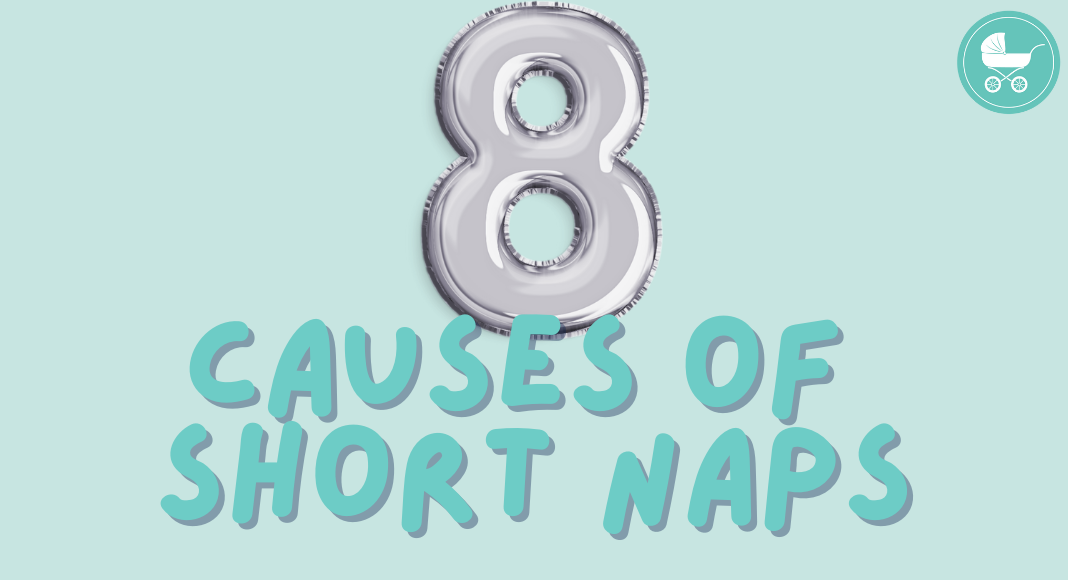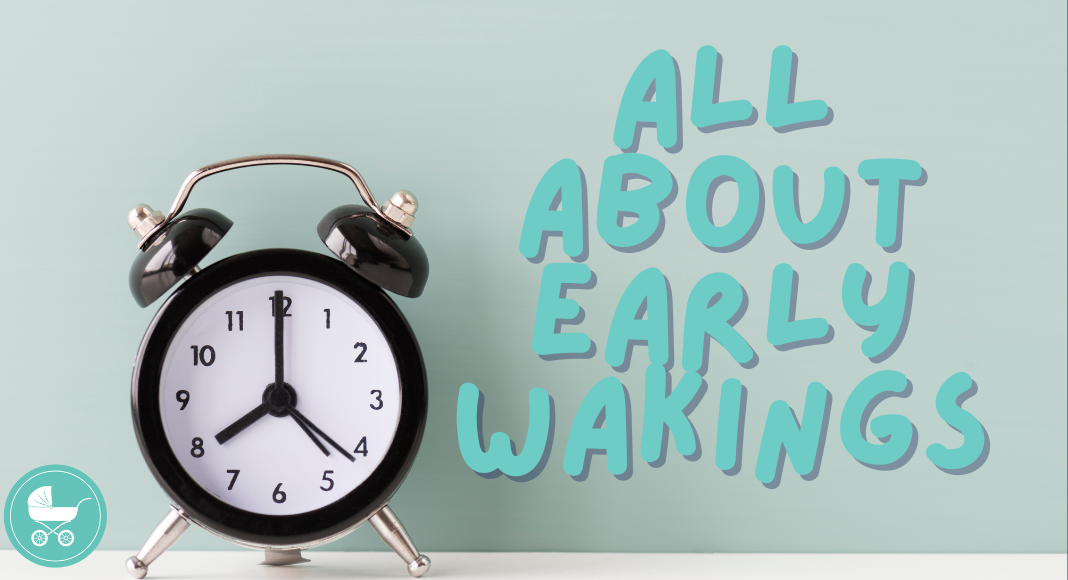
October 12, 2015
As much as we want our babies to nap (and as much as we want a little break!) sometimes it takes a little coaching to get those little ones on a solid nap routine. Here are 10 tips to help your baby or toddler get the naps they need. 1. Know Your Stuff: First, know […]
The Ten Best Nap Tips

As much as we want our babies to nap (and as much as we want a little break!) sometimes it takes a little coaching to get those little ones on a solid nap routine. Here are 10 tips to help your baby or toddler get the naps they need.
1. Know Your Stuff:
First, know that babies and toddlers LOVE routine. It might not seem like they enjoy napping or going to bed, but trust us – they thrive on a solid, consistent routine. It helps them know what to expect and sets them up for quality rest. But, before you establish a routine, it’s important to do your research and set reasonable expectations. Know the average duration of awake and sleep times for your child’s age and, for about a week before you begin to sleep coach, record your baby’s habits throughout the day, including when he or she seems to be sleepy and the duration of each nap.
A good record will set a baseline that you can work from once sleep coaching begins. Check out this blog post to learn more about creating a routine for your baby and this post, which highlights the average awake times and nap durations for babies age birth-12 months old.
2. Be Consistent!
Once you determine how many naps your child needs and when to put them down for those naps, try to be as consistent as possible, especially during the first few weeks of sleep coaching. Try to stay at home for at least one nap and put them down for their naps at the same time every day.
3. Create a good pre-nap routine:
To help get your baby or toddler ready for their nap, introduce a good pre-nap routine. This could be a shorter version of your bedtime routine to make it easy. Reading a few stories, singing a few songs, or even some gentle massage will help your baby recognize that sleep is coming!
4. Create the ideal sleep environment:
Try to create an environment that is conducive to sleep. Use a white noise machine (we recommend this one) to block outside noise, and use light-blocking shades or curtains to make the room as dark as possible.
5. Introduce a lovey:
If your child is old enough, introduce a lovey for her to use as a comfort item while she is falling asleep. This will help her fall asleep and go back to sleep if she wakes up early.
6. Listen and wait:
It’s not uncommon for babies (especially those under 6 months) to stir and even cry about 30 minutes into their naps. This happens when they move from one stage of sleep to another, and since their little bodies are still getting used to this more structured pattern of sleep, they cry out. Sometimes they aren’t even fully awake! If your baby wakes up from his nap early, try waiting a few minutes before going to him.
7. Beat Short Naps:
If, no matter what you try, your little one is consistently waking 30-45 minutes into her nap, try the wake to sleep approach. Or, if your baby is older than 6 months, try this: for two weeks, set a nap duration and stick to it. Give him at least a full hour in his crib and do not go in to his room until that hour is up. For more information on this method, check out this blog post about short naps.
8. Identify the Sleep Crutches:
If your child has a hard time falling asleep on his own or is consistently waking up, there’s a good chance he has a sleep crutch. The good news is once you identify and eliminate that crutch – such as a pacifier or being rocked or fed to sleep – he should start sleeping through his nap with no problem! Read this blog post to learn more about sleep crutches and how to eliminate them.
9. Be flexible, but be prepared:
Yes, routine is key when it comes to making sure your little one naps well, but be sure to give yourself a break! Things happen – LIFE happens – and it’s unrealistic to stay cooped up in your house for each and every nap every day. If you have to be out of the house during nap time, that’s OK! If you can, plan to be driving during the nap – the road noise and movement should help your little one fall asleep. It’s also helpful to arm yourself with tools to help your little one nap while out and about, like white noise apps for your phone and super portable cribs like this one.
10. Be prepared for change:
It might seem like as soon as you start to see results from your nap training efforts, your little one wants to shake things up! Most babies go from three to two naps a day between 6 and 9 months of age, and toddlers might show signs of dropping their morning nap between 12-14 months. Be on the lookout for these signs – such as consistently fighting naps or taking a longer than usual amount of time to fall asleep at night – and be prepared to make adjustments to your routine as necessary.
Get instant access to our free sleep class for children from newborn to 5 years old. You will learn how to get your child to sleep independently -- and all through the night!
Get Your Child To Sleep All Night Long in as Little as 7 Days!
join the free class
THE CLASS


